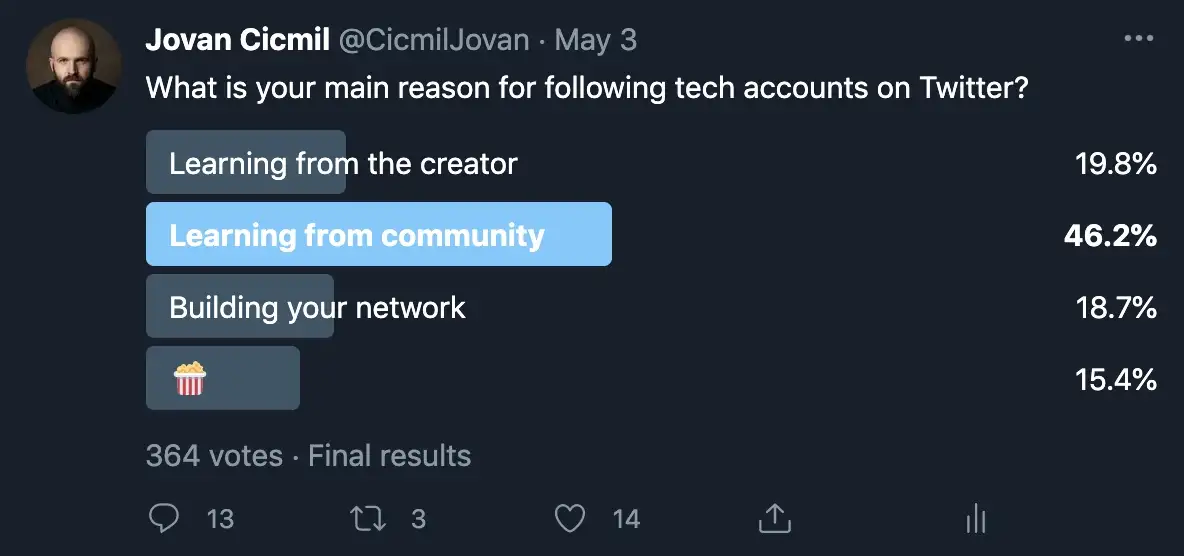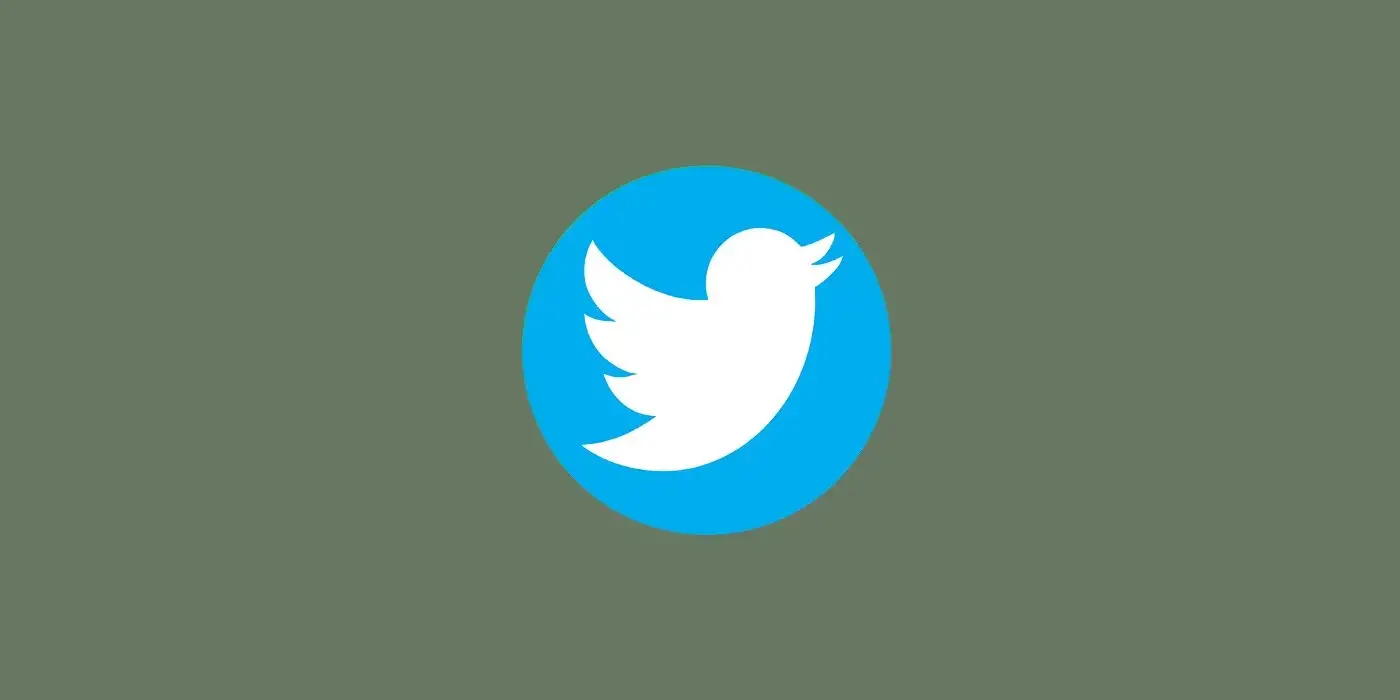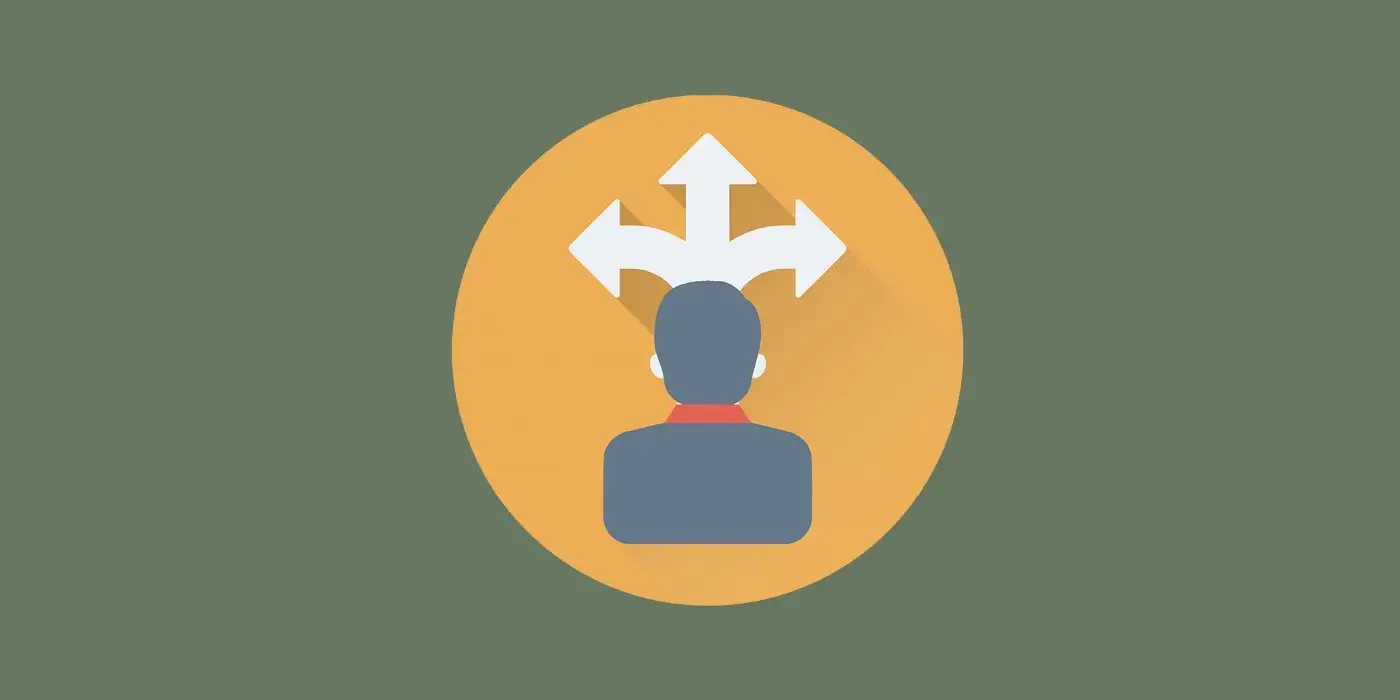
It’s 2021 and it seems like every software developer in the world is building their own SaaS (software-as-a-service) products. There’s a revolution of  The Rise of the Indie Hackersbootstrapping your products and building in public. And that’s great.
The Rise of the Indie Hackersbootstrapping your products and building in public. And that’s great.
But, in the background, there’s a different paradigm developing, one not so easily defined and understood.
What if, instead of paying for ongoing access to software, people wanted to pay for ongoing access to other people? Whoever manages to facilitate this sort of exchange can benefit greatly.
Community-as-a-service
Our world is superbly interconnected and increasingly disillusioned with traditional career paths and traditional education. In such a world, is it any surprise that people put a premium on access to networking and learning experiences?
The question is: what is the best way to attain those experiences reliably and at low cost?
The answer is: CaaS — community-as-a-service. Community-as-a-service is the phenomenon where access to a group of people is valuable enough that it can be considered a marketable product.
This is not a new concept. Why do you think people pay exorbitant membership fees for country clubs? Is it for the joy of sipping lemonade on a porch with a group of millionaires? Of course not. It’s because of stock market tips and real estate deals that are passed around on the golf course.
While country clubs are out of reach to most people, the internet (being the great equalizer that it is) has enabled many kinds of affordable yet valuable communities to spring up. It has also enabled many creative entrepreneurial minds to monetize not only their professional knowledge but their social skills too.
Every community-as-a-service comprises two elements:
- A founder (or founders) who creates original content that a community can gather around.
- The community members who come for the original content, but stay for several reasons we’re about to explore.
Value to community members
The value that community members derive from CaaS can be broken down into several categories:
- Learning from the content creator: the direct transfer of knowledge and skills from the creator of the community to the audience.
- Learning from the community: the opportunity to interact with like-minded people and exchange ideas in a peer-to-peer network.
- Building your network: providing valuable content to other community members with the goal of building your own community-as-a-service.
I created a poll on Twitter about this with surprising results. I was expecting most people to select option #1, but it’s difficult to argue against data:

Almost half of the 364 voters said that the main value of following someone is learning from other followers. The remainder of the votes is evenly split between learning from the original content creator and building your own network.
At first, I was surprised by this. But when I took a few minutes to think about it, I realized I had already experienced this on my own account. For instance, I once asked this question on Twitter:
What’s stopping you from building a product that will make you millions?
The ensuing thread enabled several pairs of entrepreneurs to meet and talk about starting a business together. It turned out that all that was stopping them was the lack of certain skills that a compatible cofounder can provide.
It demonstrated for me first-hand the simple power of a community.
Value to content creators
Content creators are unofficial leaders of communities. They provide value in two ways:
- By sharing their knowledge and experience.
- By enabling and stimulating peer-to-peer sharing within the group.
In return, they get to  A Guide to Creating and Capitalizing on Viral Tweetsmonetize their position within the community. They do this mainly by creating paid content in addition to free content. Followers are not just an audience, they’re an interactive community. They are usually happy to support the creator by purchasing premium content, books, courses, or anything else they publish.
A Guide to Creating and Capitalizing on Viral Tweetsmonetize their position within the community. They do this mainly by creating paid content in addition to free content. Followers are not just an audience, they’re an interactive community. They are usually happy to support the creator by purchasing premium content, books, courses, or anything else they publish.
This isn’t limited to social media. There are business models that involve subscriptions (i.e. Patreon) and tipping. There are Slack groups that organize free meetups for like-minded individuals and occasionally promote paid products.
By purchasing content, users simultaneously gain knowledge and support the creator. Supporting the creator, in turn, allows the creator to share more knowledge and to keep growing the community.
To capitalize on this, content creators must maintain a good balance between free, interactive content and paid, consumable content. A strong focus on promoting products has been shown to quickly dismantle a community.
Remember my tweet about million-dollar ideas? It didn’t include any explicit promotions, but it still doubled the traffic to my personal website for the day. From there, visitors spread out to my blog posts and Udemy course. If you start interesting conversations, people will grow interested in what else you’ve got going on.
Pitfalls
The adage goes: “If you build it, they will come”. This has, in recent years, been adopted as a sarcastic view of how many software-as-a-service founders approach their business. Instead of having a plan on how to build the audience, they build their product and then watch it sit there, unused and decaying.
In community-as-a-service, the saying could go something like: “if you get them together, they will pay”. In reality, putting a community together doesn’t automatically make money. Unless you have a plan in place for who you want in the community and how to delineate between free and paid content, you are not likely to find it worthwhile as a creator.
For example: putting together a community by posting memes won’t do you much good if the final aim is to sell programming courses.
A view to the future
What’s next for community-as-a-service?
Different modes of communication are gaining traction. This year started with a boom in live audio conversations on Clubhouse and, more recently, Twitter Spaces. Promptly, communities started emerging from the phenomenon.
What is the biggest risk for content creators?
Relying on a single platform and its unpredictable algorithm. Any platform can lose its popularity, stifle your content, or even close your account with no notice or warning. Diversifying across platforms has proven to be a prudent move for many content creators.

Still, there is another bold step beyond diversification: decentralization. Being able to export your community and shift it across platforms, perhaps using blockchain-like technology, has been proposed as a long-term solution to platform risk.
Whoever solves the problem of detaching communities from platforms can expect to enter the pantheon of legendary internet innovators.
Don't miss the next blog post!
I publish a new blog post every Wednesday. Join the newsletter to get:
- One valuable email a week.
- Zero spam.
- Exclusive content not found in the blog.
- Reply directly to me with questions or feedback.
Use the form at the bottom of this pageon the right to join the newsletter.


